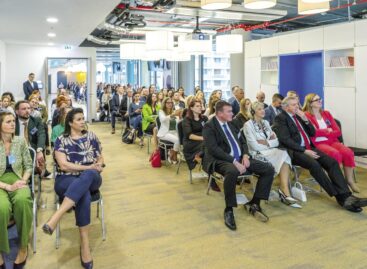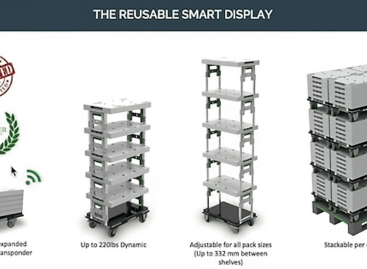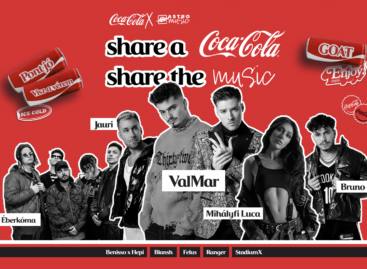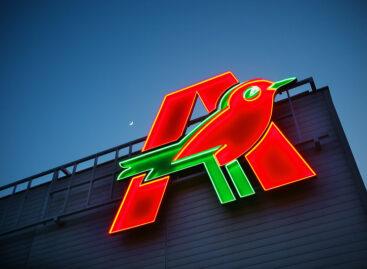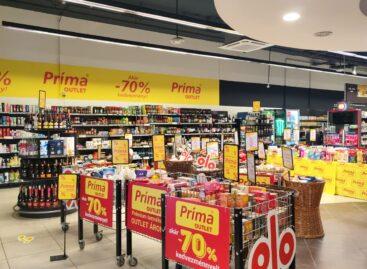Coca-Cola collaborating to Replenish Water Use
In 2015, the Coca-Cola system (the Company and our bottling partners) achieved our goal to replenish all of the water we use in our global sales volume – Coca-Cola products including fountain beverages – back to communities and nature by 2020, a goal we met five years early. Based on the Coca-Cola system’s global water replenishment projects evaluated in 2015, the system is balancing the equivalent of an estimated 115 percent of the water used in our global sales volume. The remainder of water we use within our facilities and manufacturing process is returned to communities through treated wastewater.
We started our water replenishment program in 2005, and have been working with communities, governments and respected third-parties to commission and support projects that address local water needs from safe water access to watershed protection and water for productive use. In 2015, the company replenished 191.9 billion liters of water through 248 community water projects in 71 countries.
We met our replenishment goal through diverse, locally focused community water projects that often grew out of the source water vulnerability assessments (SVA) conducted for each of our bottling plants. Source water protection plans (SWPP) are developed to address identified vulnerabilities in a given community and lead to many of our community water partnership projects. Many of the projects we support are in collaboration with local communities and governments and other respected third-party partners. Pursuing these synergies among our source water protection and replenish programs enables us to identify and implement projects that support the sustainability of local watersheds and communities while mitigating risks to our business.
The projects we engage in typically have at least one of four objectives:
to improve safe access to water and sanitation;
to protect watersheds;
to provide water for productive use; and/or
to educate and raise awareness about water issues, including engagement on water policy.
In many cases, projects also help improve local livelihoods, help communities adapt to climate change, improve water quality and enhance biodiversity.
Our replenish projects are conducted with the expertise and support of many critical partners such as WWF, USAID, The Nature Conservancy, Water for People, UN-HABITAT, and the United Nations Development Programme (UNDP). To date, our initiatives for improving water access and sanitation alone are estimated to have benefited nearly 3 million people. To learn more about some of our key partnerships focused on water, visit our water partner page.
Replenishing Beyond Our Goal
Meeting our 2020 goal of replenishing the water we use doesn’t mean we consider our replenish work complete. We plan to continue to replenish the water we use over time—a complex and never-ending challenge.
We will work to sustain our community water projects to ensure they continue to deliver the intended benefits to people and nature. We also may need to keep implementing new projects to maintain the level of replenishment as our business grows. And, sometimes we’ll initiate and engage in new replenish projects because it’s the right thing to do.
We invest in and support community water projects in countries and territories where there is demonstrated need and we have the resources and partnership opportunities to make a lasting impact. While we’ve realized our replenish goal, we don’t have projects active in every country where we operate and we will continue to evaluate areas where new projects are needed. As circumstances change, we may start water projects in new areas, expanding our replenish efforts.
See a recent blog post by our Chief Sustainability Officer and Senior Director of our Global Water Stewardship program for more details on our water replenishment.
Note: In addition to water used within our product volume (151.1 billion liters), many of our customers sell fountain beverages that add water when poured at their facilities – another 14.9 billion liters of water used globally. We include this in our global replenish volume. That means 166 billion liters of water is reflective of our global sales volume used to calculate our total replenish progress.
Related news
Retail kept its position in terms of employer attractiveness
Honouring Hungary’s most attractive employers, the Randstad Awards have been…
Read more >Display 2.0 – the sales floor of the future
In-store display is becoming a smart device – we could…
Read more >Coca-Cola invites consumers to an unforgettable party with the slogan Share a Coke, Share the Music
Coca-Cola is celebrating the return of its “Share the Magic…
Read more >Related news
Tens of millions with one opening tab – the biggest prize draw in XIXO history has started
This summer, XIXO is preparing for a bigger launch than…
Read more >Auchan Placc refilled – fresh offer and affordable prices on EFOTT!
Auchan Placc is opening its doors at EFOTT for the…
Read more >Hungary’s first PRIMA food OUTLET store opens
Vörösvár Kft. has opened a new chapter in the domestic…
Read more >
